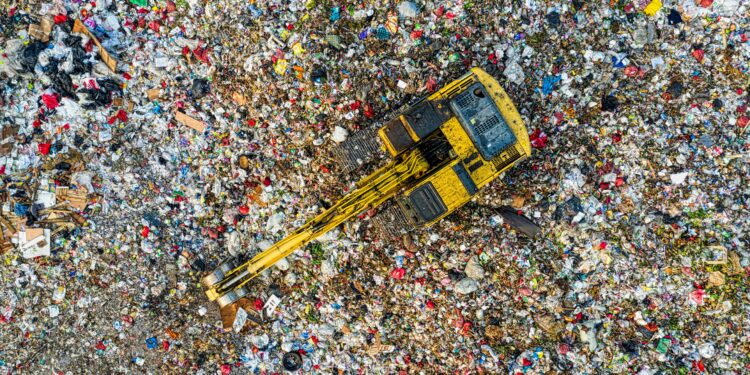In a groundbreaking discovery, microplastics were detected in a recent study on human penile tissue.
Microplastics are extremely small plastic particles formed as a result of the breakdown of bigger plastics. They are sometimes purposely made for things such as clothing or cosmetics. Microplastics can be found almost everywhere in the environment, including the ocean, freshwater bodies, soil, and even the atmosphere.

A recent study discovered microplastics in human penile tissue for the first time. This shows the extent to which individuals are exposed to microplastics and how they can collect in unexpected areas.
How Do Microplastics Enter The Environment?
Microplastics get into the environment in a variety of ways. The first process involves breaking down big plastics like bags and bottles into smaller plastics.
Chemical, biological, and physical factors may all contribute to its breakdown. When they degrade, they accumulate in soil and, in some cases, are used in agricultural operations to reduce weeds (plastic mulching). This approach permits microplastic debris to wind up in the soil.
The majority of plastic garbage is dumped in bodies of water, both salt and fresh. Some industrial waste can reach freshwater systems via runoff or these plastic waste can degrade into smaller particles over time. These particles can be consumed by marine creatures and potentially enter the food chain.
The Research
Tissue samples were taken from six men undergoing surgery for erectile dysfunction (ED). Upon investigation, they found that four of the five samples tested (80%) contained microplastics.
Basically, this shows a significant prevalence of microplastics in the tissue samples examined. The microplastics found in the samples were mostly polyethylene terephthalate (PET) and polypropylene. PET is often used in plastic bottles and food packaging, whereas PP is found in a wide range of products such as packaging, textiles, and automotive parts.
What’s The Next Step?
The study discovered small plastic particles known as microplastics in the tissue of the penis. However, it does not establish that these microplastics directly cause erectile dysfunction (ED) or other health issues. We’re still not sure how these microplastics will harm our bodies. However, the discovery of microplastics in unexpected areas within our bodies is cause for alarm. This calls for additional research.
Call To Action
Scientists need to carry out more studies to better understand these potential health dangers of microplastics. Are there any specific compounds or poisons leached from microplastics that could affect human cells and tissues? How can we reduce the accumulation of microplastics in the human body over time? What are the reproductive health implications of microplastics, particularly in terms of fertility and developmental disorders?
Basically, there are a lot of questions about how microplastics affect health. As a result, scientists should consider carrying out additional research on inflammation, long-term exposure, hormonal effects, and toxicity studies on this topic.

















